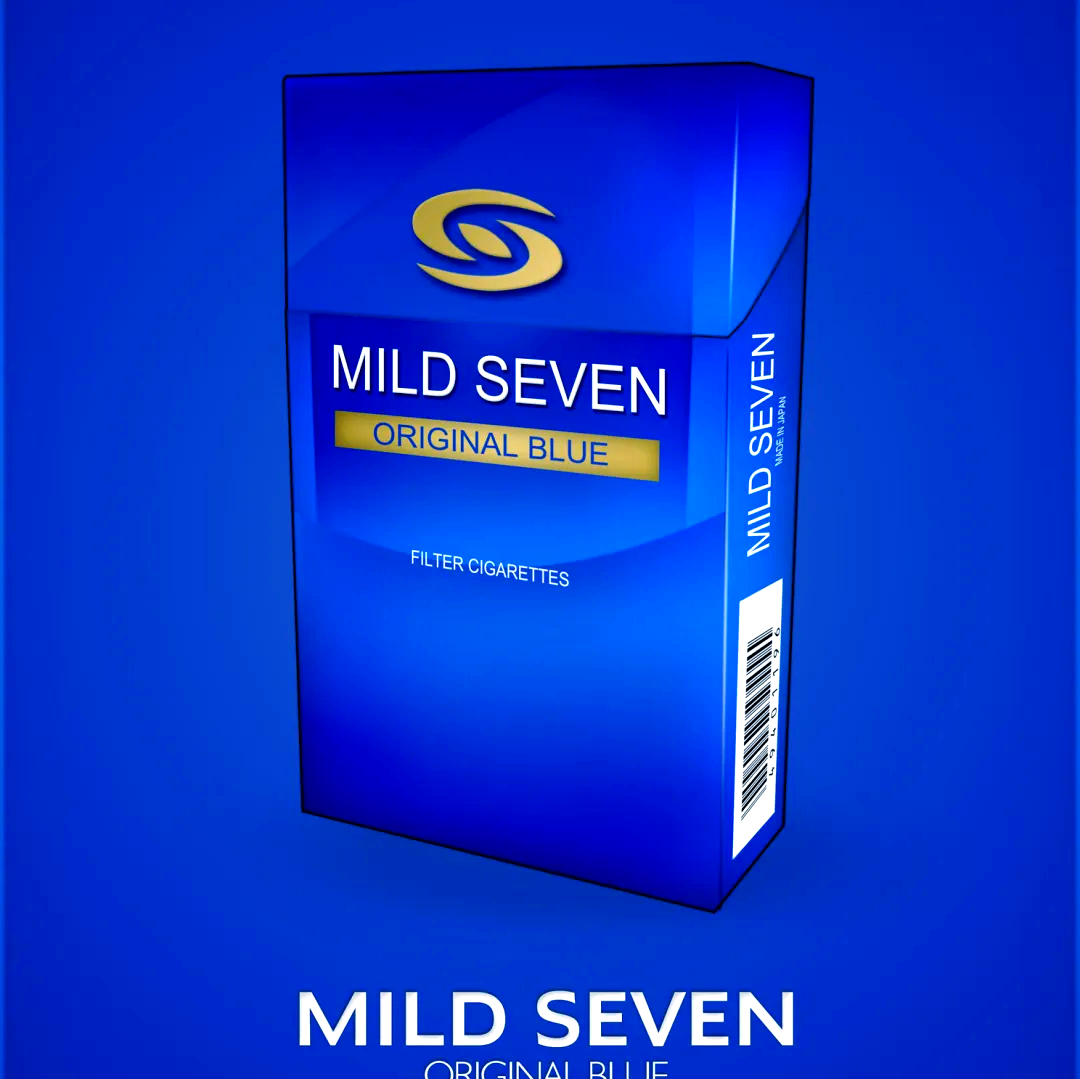Finding Your Sweet Spot: A Guide to Vape Coil Resistance
The journey into the world of vaping is one of personalization and discovery. While the device itself is the vessel, the coil is undeniably the engine room, the component where the magic of vaporization happens. Among the myriad of specifications and options available to vapers, the coil's resistance, measured in ohms (Ω), stands as one of the most fundamental and impactful choices. Selecting the appropriate resistance level is not about finding a universally "best" option, but rather about identifying the perfect match for your individual preferences, device, and desired vaping experience. This guide will demystify vape coil resistance, empowering you to make an informed decision.
Understanding the Basics: What is Coil Resistance?
In simple terms, electrical resistance is a measure of how much a material opposes the flow of electric current. Think of it like water flowing through a hose. A wide hose (low resistance) allows water to flow freely, while a narrow, kinked hose (high resistance) restricts the flow. In a vape coil, the wire acts as the hose for electricity from the battery.
The resistance of a coil is determined by several factors:
- Wire Material: Common materials include Kanthal, Nichrome, and Stainless Steel, each with different inherent resistive properties.
- Wire Thickness (Gauge): Thinner wire (higher gauge number) has higher resistance, as there is less material for the current to travel through. Thicker wire (lower gauge number) offers lower resistance.
- Coil Length: A longer piece of wire will have higher resistance than a shorter one.
- Number of Coils: A dual-coil setup effectively halves the total resistance compared to a single coil, as the current has two parallel paths to take.
This relationship between voltage (V), current (I), and resistance (R) is mathematically defined by Ohm's Law (V = I * R). For vapers, the practical implication is that a lower resistance coil will draw more power (watts) from the battery to generate heat.
The Great Divide: Mouth-to-Lung (MTL) vs. Direct-Lung (DL) Vaping
The choice of coil resistance is intrinsically linked to your inhalation style. The vaping community broadly categorizes styles into two main camps, each favoring a specific resistance range.
1. High-Resistance Coils (Typically 1.0 Ohm and above)
High-resistance coils are the traditional choice, closely mimicking the sensation of smoking a cigarette. They are synonymous with Mouth-to-Lung (MTL) vaping.
- The Experience: The user draws vapor into the mouth first, holds it briefly, and then inhales it into the lungs. This style requires a tighter, more restricted airflow, similar to drawing on a cigarette.
- Why High Resistance? High-resistance coils are generally smaller, use thinner wire, and require less power to heat up (typically between 10 and 20 watts). This results in:
- Less Vapor Production: The cloud is smaller and denser.
- Warmer, Tighter Draw: The restricted airflow creates a satisfying throat hit.
- Enhanced Flavor Concentration: With less vapor volume, the flavor notes are often more concentrated and pronounced.
- Battery Efficiency: Lower wattage demands translate to significantly longer battery life.
- Ideal For: Beginners transitioning from smoking, vapers who prioritize battery life and discreet vapor production, and those who enjoy strong, sharp flavor profiles, often with higher nicotine strength e-liquids (e.g., 12mg/ml to 20mg/ml nicotine salts).
2. Low-Resistance Coils (Typically below 1.0 Ohm - Sub-Ohm)
The advent of sub-ohm vaping revolutionized the industry, enabling a new style known as Direct-Lung (DL) or Restricted Direct-Lung (RDL) vaping.
- The Experience: The user inhales vapor directly into the lungs in one continuous breath, similar to taking a deep breath of air. This requires a much airier, wide-open airflow on the device.
- Why Low Resistance? Low-resistance coils are larger, use thicker wire, and have a greater surface area. They demand high power (often 40 watts and above, sometimes exceeding 100W) to heat effectively. This leads to:
- Massive Vapor Production: The primary hallmark of sub-ohm vaping is the creation of large, voluminous clouds.
- Smoother, Airier Draw: The open airflow provides a less restrictive, cooler inhalation.
- Complex Flavor Profiles: The immense vapor volume carries a greater amount of flavor, which can allow more nuanced and complex e-liquid recipes to shine. The flavor is experienced differently—more expansive and atmospheric.
- High E-Liquid and Battery Consumption: The trade-off for large clouds is that these coils consume e-liquid and drain batteries at a much faster rate.
- Ideal For: Experienced vapers who enjoy cloud-chasing, those who prefer smooth hits with low-nicotine e-liquids (typically 3mg/ml or 6mg/ml freebase nicotine), and users seeking a highly airy, deep-lung inhale.
Key Factors to Consider When Choosing

Beyond the basic MTL/DL distinction, several other factors should influence your decision.
-
Your Device Compatibility: This is the most critical safety check. Not all devices can handle sub-ohm coils. Using a low-resistance coil on a device not designed for it can overstress the battery, leading to potential failure or hazardous situations. Always check your device's manual for its supported resistance range. Mechanical mods, in particular, require advanced knowledge of Ohm's Law and battery safety.
-
Desired Nicotine Strength: There is a direct correlation between coil resistance and appropriate nicotine strength. High-nicotine e-liquids (like salts) used in a low-resistance, high-wattage sub-ohm setup will deliver a harsh, unpleasant, and potentially overwhelming throat hit. Conversely, low-nicotine e-liquids used in a high-resistance MTL setup may feel unsatisfying. The general rule is: High Resistance = Higher Nicotine; Low Resistance = Lower Nicotine.
-
E-Liquid Ratio: The ratio of Vegetable Glycerin (VG) to Propylene Glycol (PG) in your e-liquid matters. High-VG liquids (e.g., 70% VG/30% PG) are thicker and are designed for sub-ohm vaping, as the wide wicking ports of low-resistance coils can handle the viscosity. High-PG liquids (e.g., 50% PG/50% VG) are thinner and provide a stronger throat hit, making them better suited for the smaller wicking channels of high-resistance MTL coils.
-
Personal Preference for Warmth and Throat Hit: Some vapers enjoy a very warm, dense vapor, while others prefer a cool, smooth inhale. Generally, higher wattages on low-resistance coils produce warmer vapor. The throat hit is also influenced by nicotine and PG, but the coil's power plays a significant role.
Experimentation is Key
The descriptions above provide a framework, but the boundaries are not rigid. There is a growing middle ground with coils in the 0.6Ω to 1.0Ω range, often used for a Restricted Direct-Lung (RDL) experience that offers a balance of flavor and respectable vapor production without the extreme power demands of very low resistance coils.
The best way to find your perfect vape is to experiment safely. Start with the coil that aligns with your suspected preference (MTL for a cigarette-like feel, DL for large clouds). Pay attention to the experience: Is the throat hit too strong or too weak? Is the vapor too hot or too cool? Is the flavor satisfying? Your own satisfaction is the ultimate metric.
In conclusion, the question of how to choose a vape coil's heat resistance level is a personal equation balancing device capability, e-liquid choice, and most importantly, the sensory experience you seek. By understanding the principles behind resistance and how they shape your vape, you can move from guessing to knowing, ensuring every puff is exactly as you like it.











